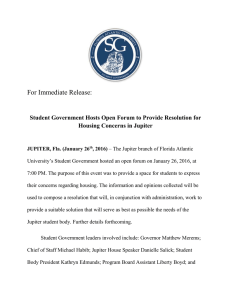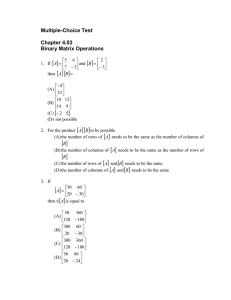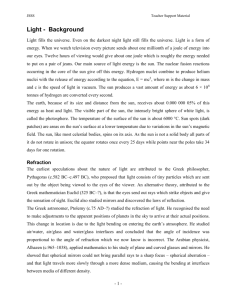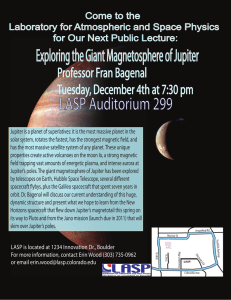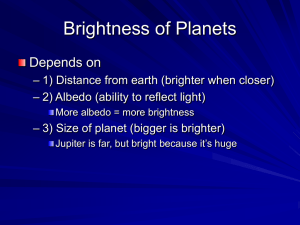Calculating Percent Error
advertisement
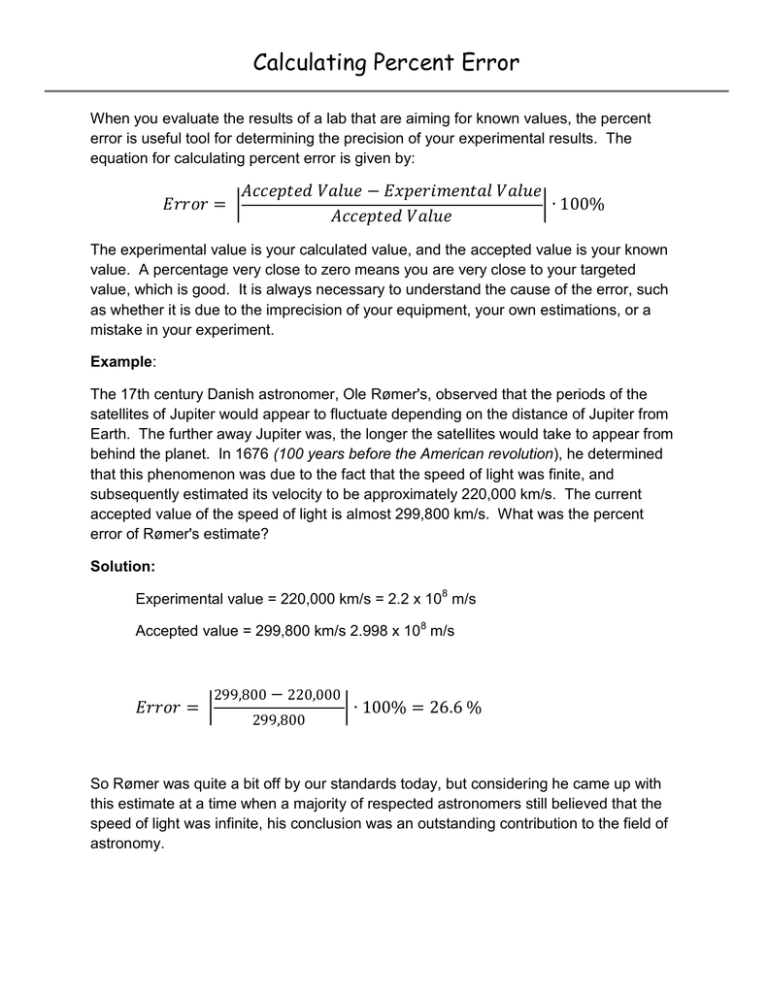
Calculating Percent Error When you evaluate the results of a lab that are aiming for known values, the percent error is useful tool for determining the precision of your experimental results. The equation for calculating percent error is given by: | | The experimental value is your calculated value, and the accepted value is your known value. A percentage very close to zero means you are very close to your targeted value, which is good. It is always necessary to understand the cause of the error, such as whether it is due to the imprecision of your equipment, your own estimations, or a mistake in your experiment. Example: The 17th century Danish astronomer, Ole Rømer's, observed that the periods of the satellites of Jupiter would appear to fluctuate depending on the distance of Jupiter from Earth. The further away Jupiter was, the longer the satellites would take to appear from behind the planet. In 1676 (100 years before the American revolution), he determined that this phenomenon was due to the fact that the speed of light was finite, and subsequently estimated its velocity to be approximately 220,000 km/s. The current accepted value of the speed of light is almost 299,800 km/s. What was the percent error of Rømer's estimate? Solution: Experimental value = 220,000 km/s = 2.2 x 108 m/s Accepted value = 299,800 km/s 2.998 x 108 m/s | | So Rømer was quite a bit off by our standards today, but considering he came up with this estimate at a time when a majority of respected astronomers still believed that the speed of light was infinite, his conclusion was an outstanding contribution to the field of astronomy.
